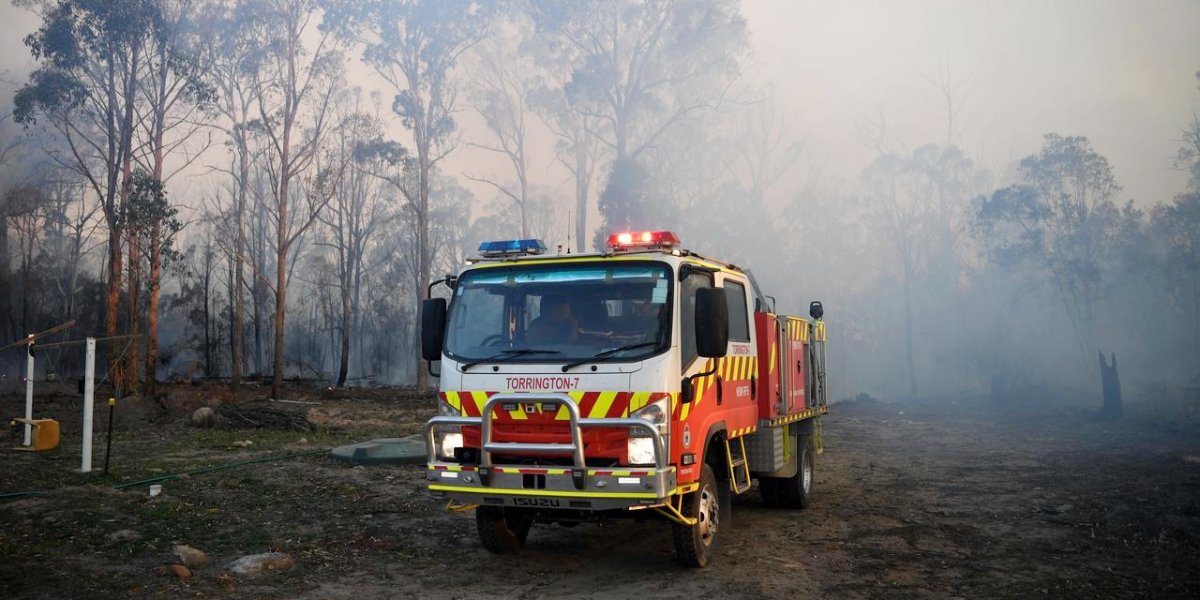Live footage of active bushfires will be beamed from remote areas into command centres via Starlink satellites through cutting-edge upgrades to NSW’s fleet of fire trucks.
Some 5000 trucks will be equipped within three years with vehicle-as-a-node technology, showing real-time locations and reducing the reliance on land-based communications that can themselves be impacted by bushfires.
Knowing exactly where crews were and the conditions they were experiencing was critical for safety, the chief of the NSW Rural Fire Service said.
“(The rollout) will progressively make our firefighters so much safer and also so much more effective,” Rob Rogers told reporters on Monday.
“We’ll be able to get the closest vehicle to help community members when they’re in need, in times of major fires.”
The Starlink satellite technology will allow radios, mobile phones and other handheld devices to be used at any time.
The upgrade will provide an important backup to communication systems and location-finding technology already in use, the government says.
The communications improvements coincide with the recent rollout of about 210 new and refurbished firefighting tankers, featuring halo sprinklers, heat curtains and on-board chargers.
“They may seem like small things, but these are really practical and crucial things particularly when it comes to protecting our firefighters,” Emergency Services Minister Jihad Dib said.
The trucks are being assembled locally at facilities in Kirrawee, Minto, Tomago and South Windsor.
It comes after a separate, years-long program to upgrade and unite communication systems across NSW emergency services was plagued by major delays.
The Critical Communications Enhancement Program’s initial completion date of 2020 has blown out to 2027, albeit under a wider remit.
Once complete, the program will allow police, fire, ambulance and State Emergency Service personnel to connect to each other and use shared talk groups, improving their control of communications and duress options.
Essential services, government agencies and councils can also connect to the network.
The move to a single network is also expected to reduce maintenance costs, delivering savings over the long-term.
Something going on in your part of the region you think people should know about? Send us a news tip or email newsdesk@netimes.com.au.

